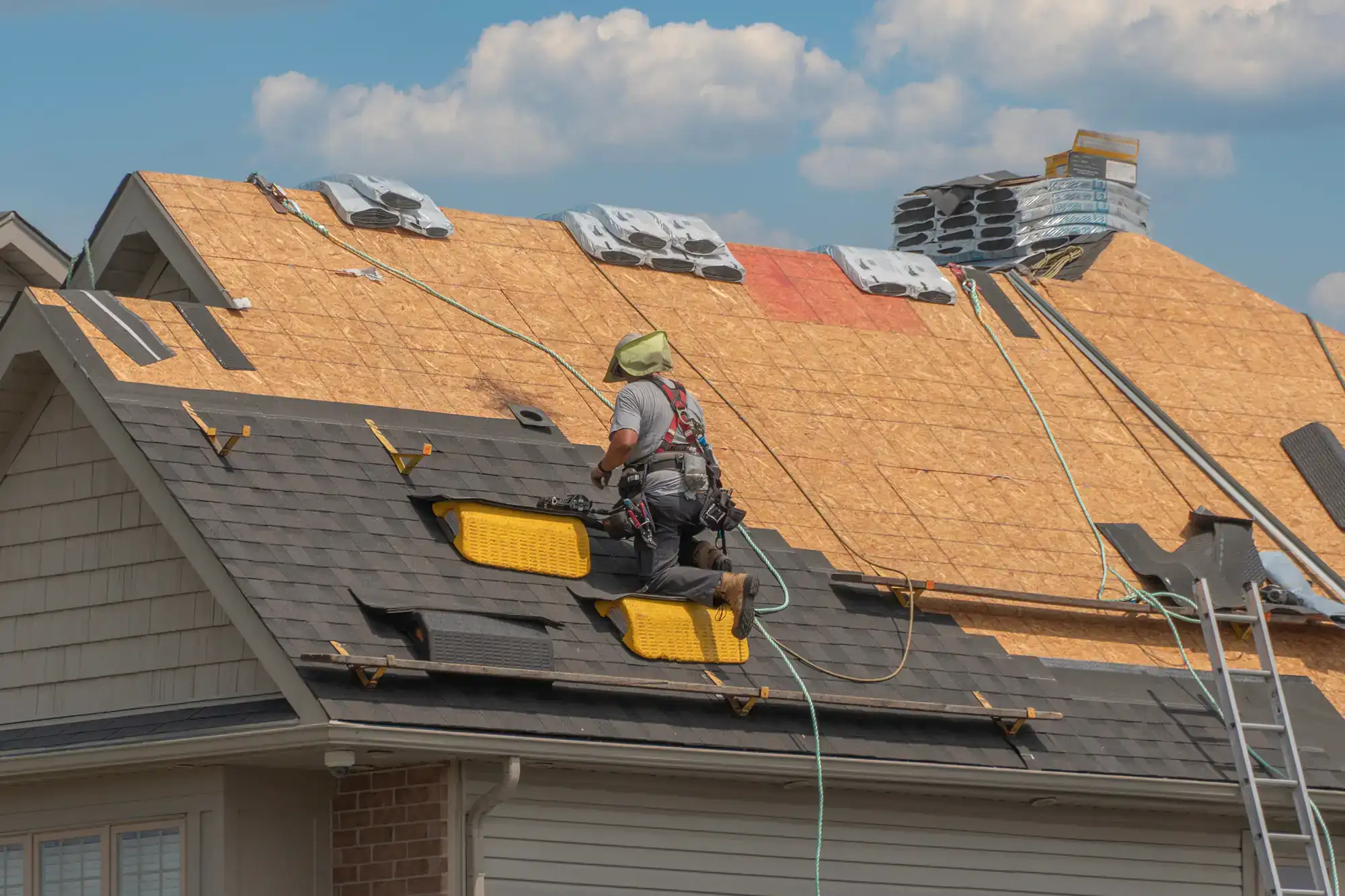
Hear from Our Customers
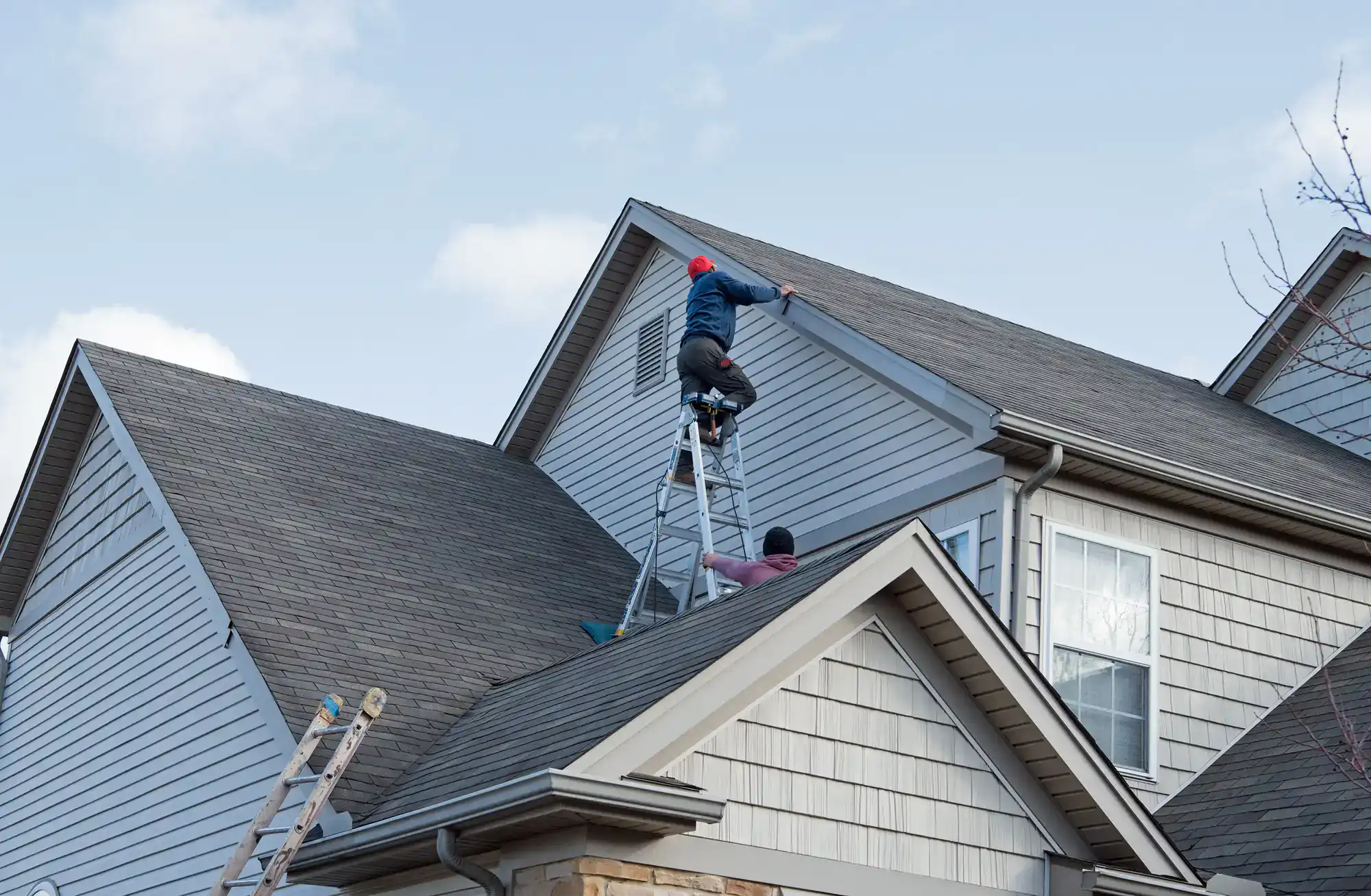
Your roof isn’t just shingles and nails. It’s what stands between your family and everything Long Island weather throws at it—from those 50mph winter winds to the humid summers that crack and curl your shingles.
When we’re done, you get a roof that handles Babylon’s unique climate. No more buckets catching drips during nor’easters. No more wondering if your roof can handle another season of salt air and temperature swings.
You get peace of mind, lower energy bills, and a roof that actually protects your home the way it should.
We’ve been fixing roofs in Babylon since 2001. We know what works here and what doesn’t.
While other contractors are learning about ice dams and salt air damage on your dime, we’ve already seen it all. We know how Babylon’s coastal location affects your roof differently than homes even 10 miles inland.
That’s why Long Island families keep calling us back. We understand your neighborhood, your weather, and exactly what your roof needs to last.
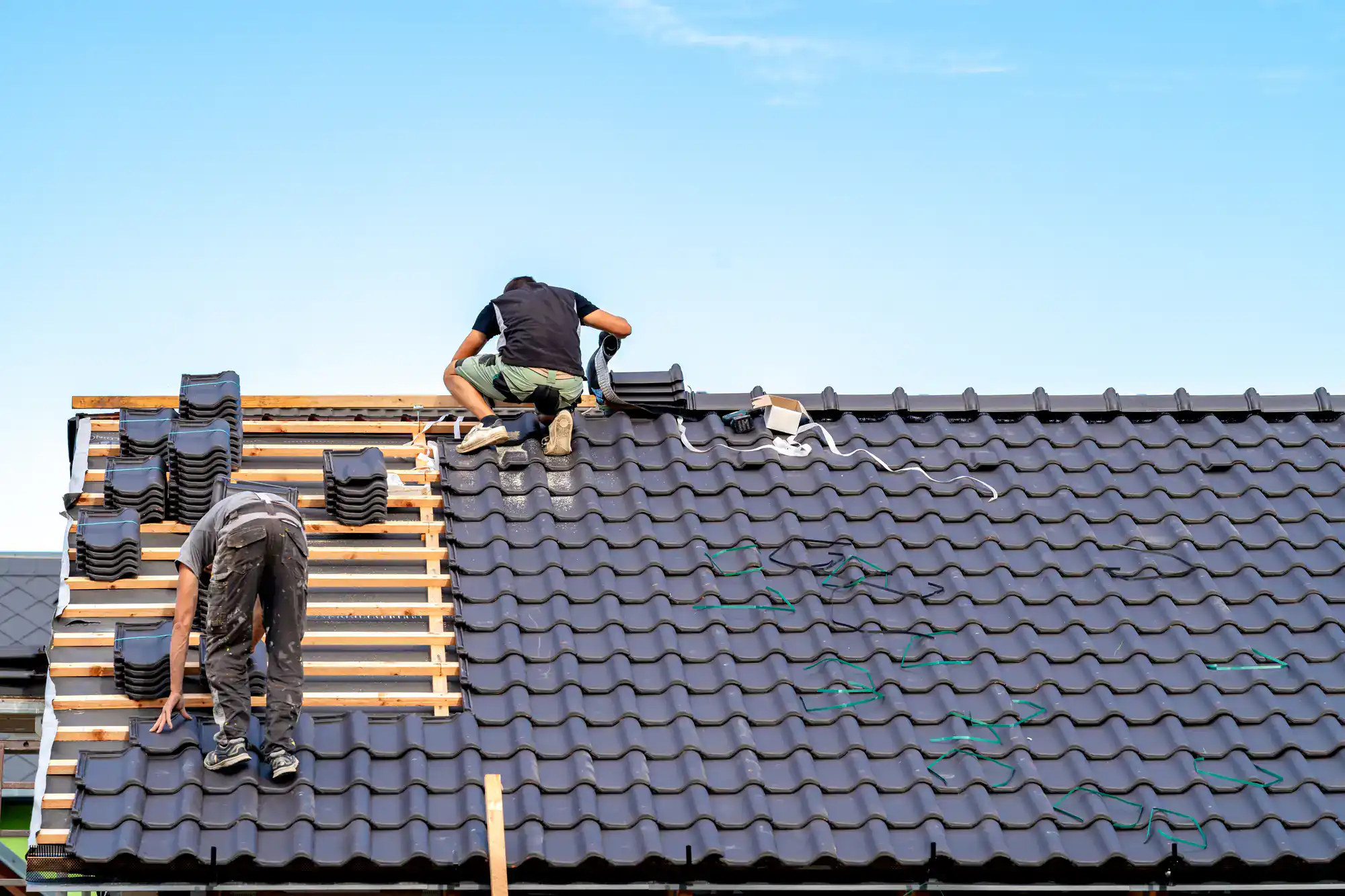
First, we actually show up when we say we will. Then we inspect your roof thoroughly—not just the obvious problem spots, but the areas where Long Island weather typically causes hidden damage.
We explain what we found in plain English. No technical jargon, no scare tactics. Just honest assessment of what needs fixing and what can wait.
Once you approve the work, we get it done right the first time. We clean up completely when we’re finished. And if something isn’t right, we come back and fix it—no questions asked.
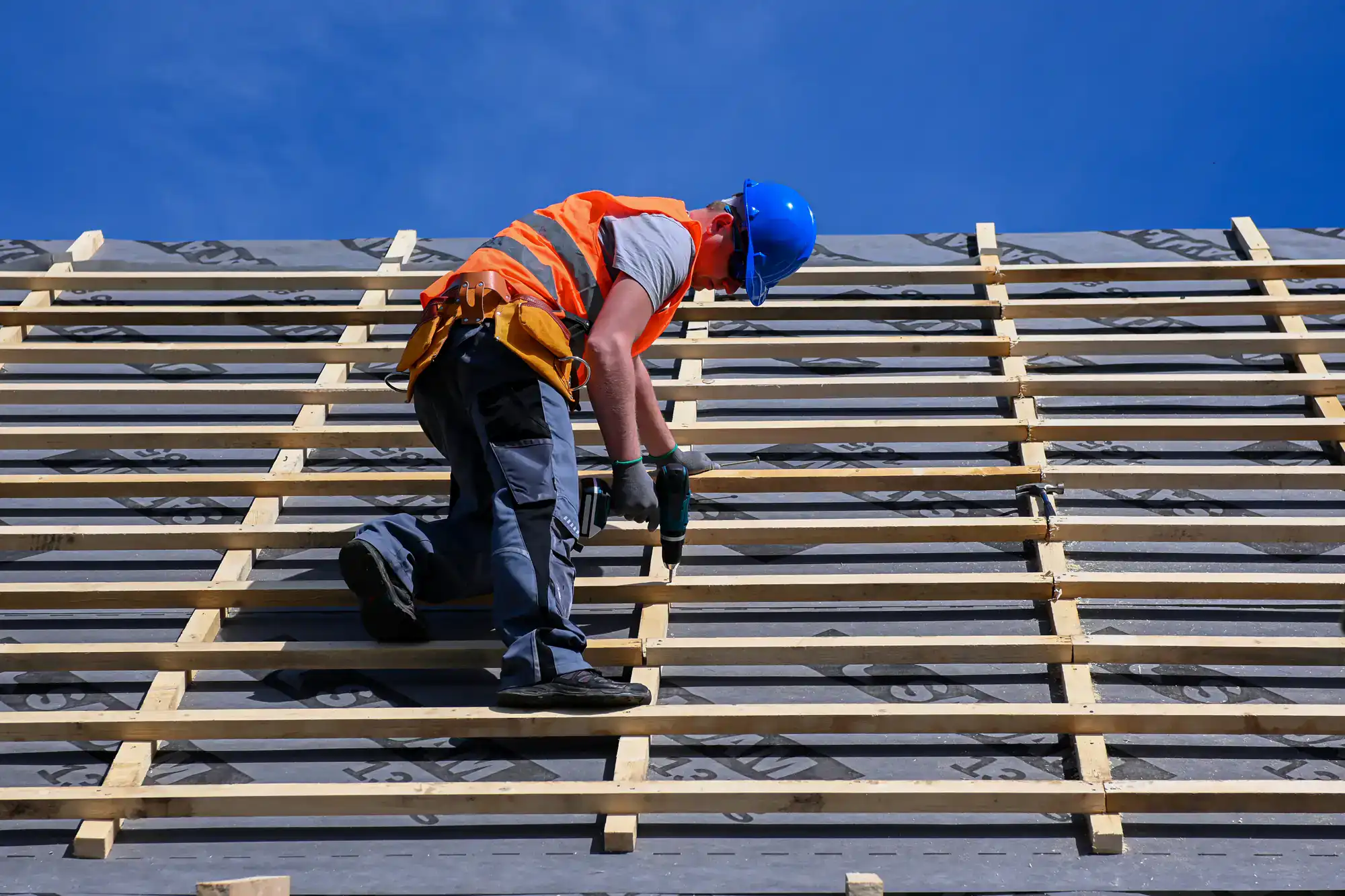
Ready to get started?
We handle the full spectrum—emergency repairs when storms hit, complete replacements when your roof has reached its limit, and regular maintenance that prevents expensive problems.
In Babylon, roofs face unique challenges. The salt air from being right on the water accelerates wear. Those winter temperature swings from near-zero to 40 degrees cause materials to expand and contract constantly. And the humidity in summer creates perfect conditions for problems most inland contractors never see.
That’s why we stock materials specifically chosen for coastal Long Island conditions. We know which shingles hold up to salt air, which flashing systems prevent ice dam damage, and how to properly ventilate attics in this humid climate.
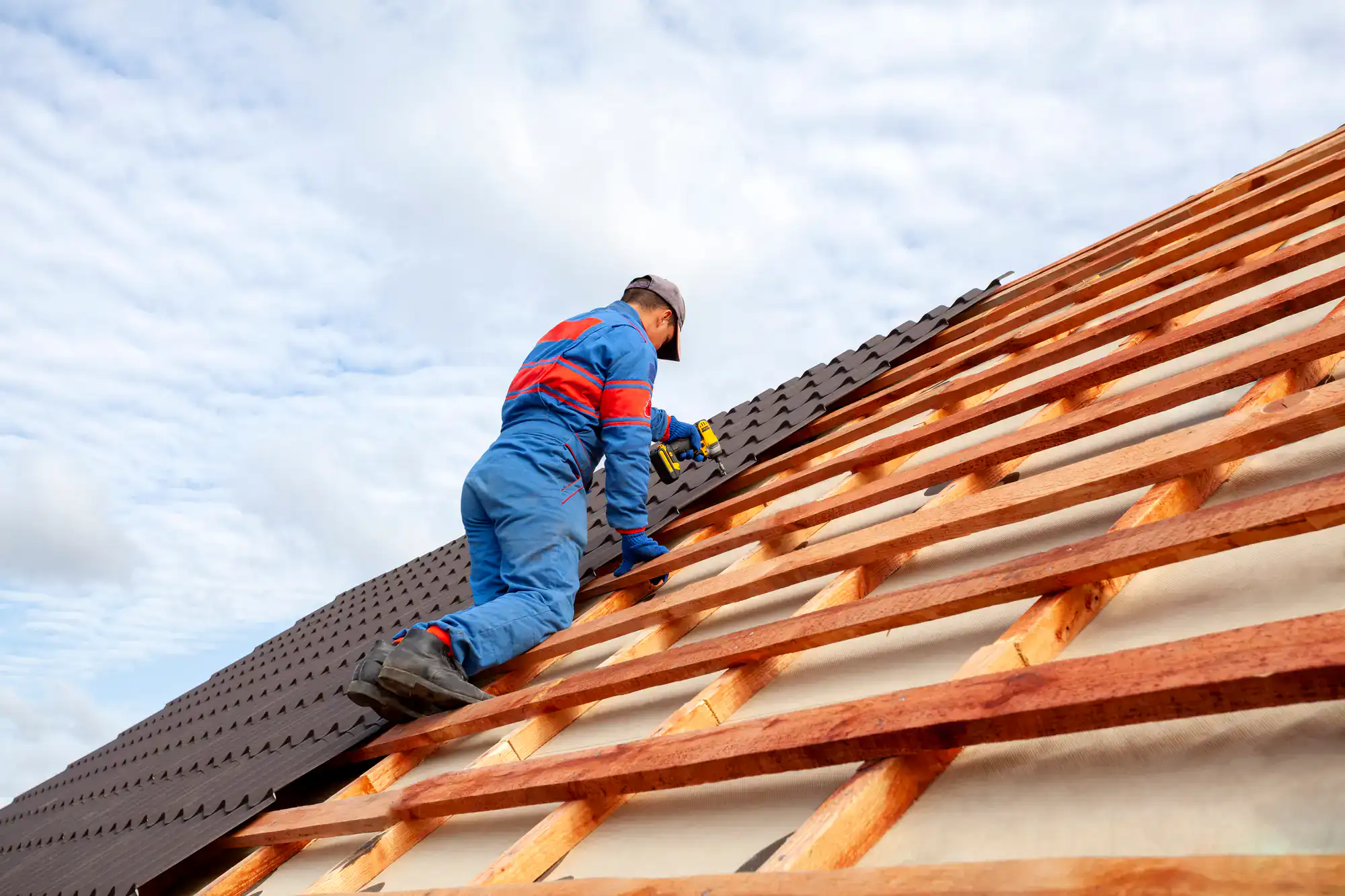
In Babylon’s coastal environment, asphalt shingles typically last 15-25 years—shorter than inland areas due to salt air, wind, and UV exposure. The constant temperature fluctuations and humidity accelerate wear.
Metal roofing performs much better here, often lasting 40-50 years because it handles the salt air and temperature swings without degrading. The key is proper installation with materials specifically rated for coastal conditions.
We’ve seen roofs fail in 12 years when installed with the wrong materials or techniques. But we’ve also seen properly installed roofs last 30+ years in the same neighborhood. The difference is understanding what works in Babylon’s specific environment.
First, stay safe—don’t go on your roof during or immediately after a storm. Document any visible damage with photos from the ground for insurance purposes.
Call us for emergency service if you have active leaks. We provide temporary repairs to prevent further water damage while we assess the full extent of the problem. Time is critical because even small leaks can cause major structural damage quickly.
If you have missing shingles or obvious damage, cover the area with a tarp if you can do so safely from inside your house. But don’t attempt repairs yourself—storm damage often reveals underlying issues that require professional assessment.
Ice dams form when heat escapes from your attic, melting snow that then refreezes at the roof edge. This is especially common in Babylon because of the dramatic temperature swings we get in winter.
Proper attic insulation and ventilation are your best defense. We install ridge vents and soffit vents to create airflow that keeps your roof temperature consistent. Adding insulation prevents heat from escaping in the first place.
We also install ice and water shield membrane in critical areas during roof replacements. This creates a waterproof barrier even if ice dams do form. It’s extra protection that pays for itself the first time you avoid water damage.
Babylon’s coastal location means you get debris from multiple sources—leaves from local trees, but also sand, salt, and organic matter blown in from the water. The humidity also makes debris stick together and compact more than in drier climates.
Regular cleaning is essential, but gutter guards designed for coastal conditions make a huge difference. We install systems that handle the specific types of debris common in waterfront communities like Babylon.
The key is choosing the right type of guard. Mesh systems work well here because they keep out the fine sand and salt particles that can clog other types of guards. Proper installation with the right slope also ensures water flows properly even during heavy rains.
If your roof is over 20 years old and showing multiple issues—missing shingles, granule loss, cracked flashing—replacement usually makes more financial sense than repeated repairs. Especially in Babylon’s harsh climate where problems tend to multiply quickly.
We look at the overall condition, not just the immediate problem. If the decking is solid and problems are localized, targeted repairs can buy you several more years. But if we’re finding issues in multiple areas, that’s typically a sign the entire system is reaching its limit.
The decision often comes down to whether you want to keep playing defense against an aging roof, or invest in 20-30 years of protection. We’ll give you an honest assessment of what makes sense for your specific situation and budget.
Being right on the water changes everything. The salt air is more corrosive to metal components like flashing and gutters. The constant humidity creates conditions for moss and algae growth that you don’t see inland.
Wind patterns are different too—you get more consistent strong winds from the water, but also more dramatic shifts in direction during storms. This puts different stress on roofing materials than homes even a few miles inland experience.
We use materials and techniques specifically chosen for these conditions. Stainless steel or copper flashing instead of aluminum. Algae-resistant shingles. Ventilation systems designed for high-humidity environments. It’s the difference between a roof that lasts 15 years and one that lasts 25.